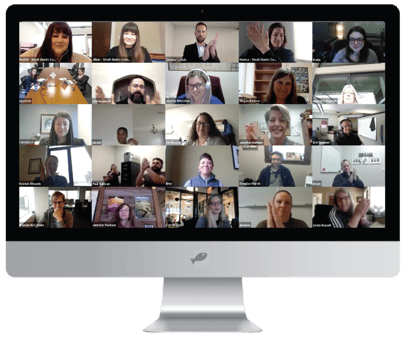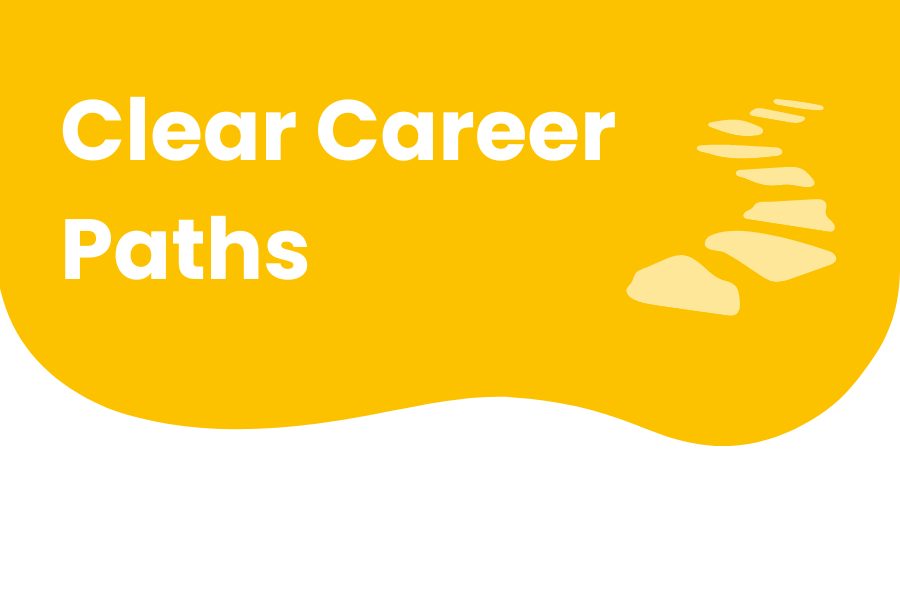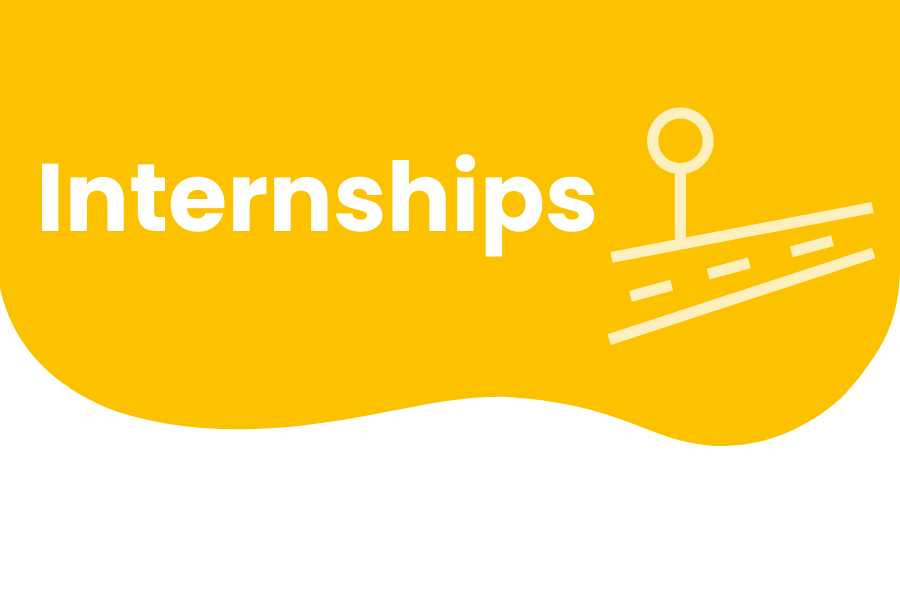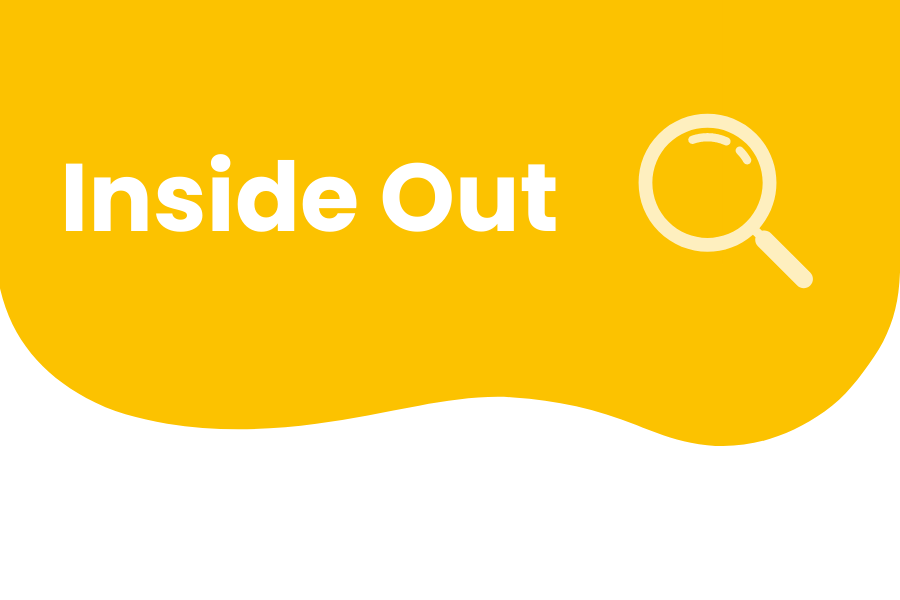Hiring and Onboarding Virtually Is Hard, But It Can Get Better
Hiring in a remote landscape comes with complex challenges, especially if you're new to it. With companies facing the reality of ongoing virtual work, leaders are stepping up to the challenge of recruiting, hiring, and onboarding employees they’ve never met.
At a recent Small Giants Virtual Roundtable, we facilitated an open discussion among purpose-driven leaders about the best practical tips for hiring and onboarding employees in a virtual work world. So many great ideas and tips were shared that we wanted to make sure even those who didn't attend could learn from the discussion. In this recap, you'll learn:
- How to write job descriptions that attract the right talent
- How to translate in-person hiring and onboarding programs for virtual use
- How to help new employees truly understand and be part of the culture
Watch the roundtable recording below and read on for the top takeaways and highlights from our discussion on hiring and onboarding in a virtual work world:
Attracting Candidates
"We're seeing fewer qualified applicants, and candidates are taking weeks to decide on our offer. Plus, only 20% of our pandemic hires have worked out."
Solutions:
Job postings:
- Look at your job postings and who you’re attracting – what traits are you highlighting?
- Include compensation ranges — be as transparent as possible in the job posting.
- Avoid trendy job titles and be as specific to the actual role as possible.
- Your job posting should equally cover the personality type + job expectations.
- Describe your company culture as much as possible in job descriptions.
- Doing an empathy map of your ideal candidate before writing the job posting can help you write it in a way that will attract the right person. Personality, hopes and dreams, skills, etc.
Recruiting:
- There’s a little luck involved — stay with it and don’t settle. Post frequently and give yourself a long ramp to find the right person.
- Qualified candidates come in spurts, then long stretches with no one really hitting the mark. Be patient.
- Try LinkedIn using Recruiter Lite to pull candidates instead of waiting for candidates to respond to the job postings. Many people are not looking to make a move right now.
- Because of Covid-19 layoffs, many openings are getting tons of applicants but not always quality, so vetting is more important than ever.
- For lower experience level jobs, many recent grads from the Spring of 2020 are still looking for jobs — our candidate pool is larger there. Consider doing training for quality recent grads and develop them into the skillset you need.
- We are working on our entire recruitment strategy becoming experiential learning internships partnering with the local colleges. It’s great to give students paid professional experience and we’re keeping the people who work well on our team past the internship.
Interviews:
- Behavioral structured interviews are better. Have a 90 - 120 day trial period to see who the real person is, not the person who showed up for the interview.
- One of my favorite interview questions is "Describe your sense of humor." I feel like this question opens the person up a little and really relates to culture and character. If they struggle to describe it, I ask them to give an example of a funny show or movie they enjoy.
- People are reassessing where they’re at in life right now. Have conversations with candidates about their long-term goals and where they want to grow to ensure your organization can fit that.
- After extending an offer, provide a deadline to get back to you so that you don’t get strung along for extended periods of time.
Onboarding
"We really miss the in-person opportunities to help each other, learn from each other, and build relationships. Folks have onboarded successfully, but it's been more difficult than usual for them to get to know everybody and learn the company culture."
Solutions:
Structure & Content:
- Pick a timeline for your onboarding goals: 30 days, 60 days or 90 days. What do you want them to know by the end of that timeline? What do you want them to do by then? Most importantly, what do you want them to feel at the end of that timeline?
- Create a schedule for their first week and give it to them in advance so they know what to expect the entire first week.
- Create lots of shadowing opportunities for new hires and allow them to shadow and watch others performing their duties/responsibilities, and then flip it and have them lead it while they have experienced folks shadowing them to provide feedback.
- Use Loom to create short, 2-minute videos of how to do certain tasks. It creates a knowledge base and gives everyone access to answers when they need it.
- Pick out the people they need direct, ‘get to know you’ time with and schedule time for those conversations.
- Have them spend 30 minutes with key people over the first month.
- Create short, casual quizzes through online tools to assess how much new hires are retaining and to give managers a sense of where they’re really at.
Icebreakers & Getting to Know You:
- After the first few weeks but while the person is still getting comfortable, ask “Why are you annoying?” You get the best answers and see self-awareness and perceived weaknesses that are really strengths.
- Water cooler talk works because it’s unplanned. It’s usually about work or interests or current events — planned icebreakers become a meeting; an obligation. Try committing to unplanned Zoom calls with folks on your team — it’s a closer replication of water cooler chat than putting a meeting on someone’s calendar.
- Hire a comedian or funny “Zoom bomb” to mix up your Zoom calls; i.e., have a goat call into your next video call.
- Go into breakout sessions after Zoom meetings just to check in with people and see how they are doing/get to know them. Just as if you were in the office and stopping by someone's desk.
- Warm welcome anecdote: in Chicago, two business partners bought donuts, split them up, and hand-delivered them to new hires before their first morning meeting.
- Start meetings with personal good news from everyone. That usually gets the mood up and people get to know one another faster.
Integrating New Hires into the Culture:
- Use Facebook Workplace and have set up topics: Pets, Kids, Gratitude Page, Quarantine Tips, etc. Encourage staff to post what's on their mind. Some weeks we have lots of engagement, some weeks are slow, but everyone likes it.
- We just hired some new interns and we have set up some weekly Basecamp automated questions and it has replaced water cooler talk – such as, what are you listening to or what are you watching? We’ve had some great organic chats. We also have a shared Spotify Playlist as a team which has been fun.
- We have a slack channel called "community chat," that's the water cooler room. Folks post pictures of dogs, kids, etc.
- We've created a team daily "virtual coffee hour" and monthly virtual team meetings to check in. We're also a decently large company and have created a Connection Committee to host fun events to help bring people together on a weekly basis.
- Pay attention to your staff — some people thrive while working from home, others struggle. Pay attention to who’s quiet, who’s not paying attention, and reach out 1:1 to check in.
- We do Wellness Monday for 15 minutes every Monday afternoon, for Ted Talks, group walks, stretching…anything goes. It's a good mental break.
- Continue to mix it up. Human nature is that we will get bored with anything after a bit. Mixing it up tells the team that new things are coming.
Tools and Logistics of Hiring Virtually
"We have not hired virtually before but we will be soon. I'd like to learn what is different from hiring in person. What are some online tools others have used and liked in order to facilitate the remote onboarding process?"
Solutions:
A virtual warm welcome:

- New hires get a package with relevant materials, core values card, stickers, and a note from their manager. It builds excitement for sure.
- We schedule out a new hire’s first 2 weeks, including meetings on their calendar with other team members to learn and screen-share. We also use Scorecards to share with the new hire what outcomes are expected of them to be successful in the role. It gives them confidence when they are new to know what is expected of them.
- The scorecards have both outcomes (goals) and competencies. Our outcomes focus on the end goal with a targeted date range, and not so much the tasks to complete the outcome.
- Make sure new hires know who to ask questions of when they feel lost.
- Make the new hire feel comfortable with asking silly questions. It’s a different world now and it's hard to sit still not knowing what you should be doing.
- Do a wellness and workplace survey to see if new hires (and existing team members!) need anything for their space and to assess recurring meeting times, etc. We’re able to make adjustments based on peoples' responses.
- Do a lot of shadowing virtually: live or have them watch recordings after the fact.
- Mural
- Slack
- Google Chat
- Microsoft Teams
- Google Jamboard
- Kudos
- Trainural
- Google Sites
- Bonjoro
- Loom
- Bamboo HR
- Gusto HR
- WHO by Geoffe Smart
A big thanks to all the purpose-driven leaders who attended our virtual roundtable to share their challenges and offer solutions, ideas and best practices from their own experiences.
Ready to dive deeper into the most pressing topics facing leaders today? The 2021 Small Giants Community Summit brings purpose-driven leaders together to build relationships, learn together and engage in honest conversations about growing our organizations with purpose. Register yourself and your team members to join us virtually April 27 & 28, 2021 for the Small Giants Summit.





Submit Your Comment